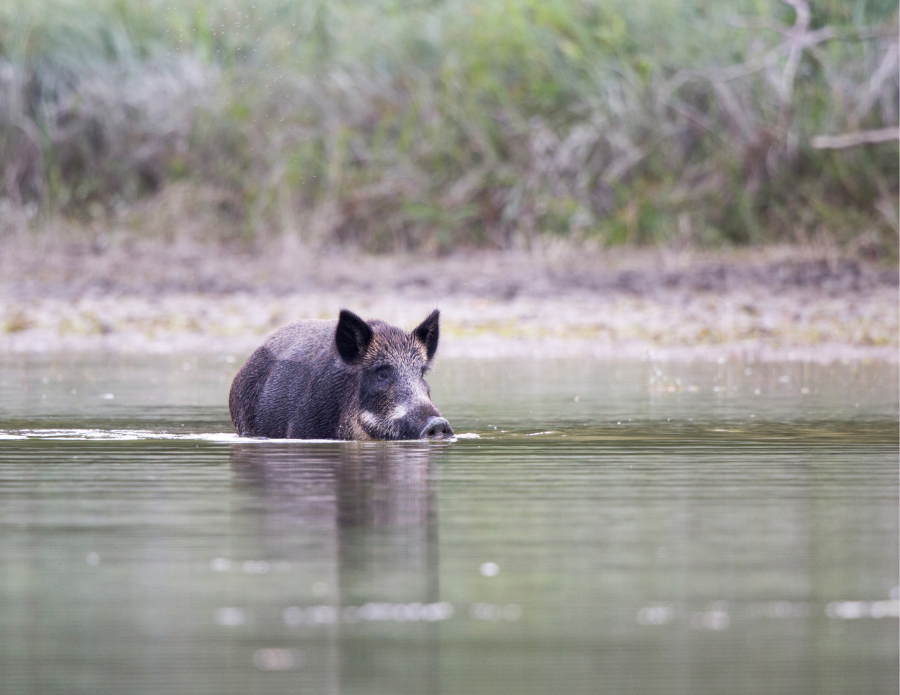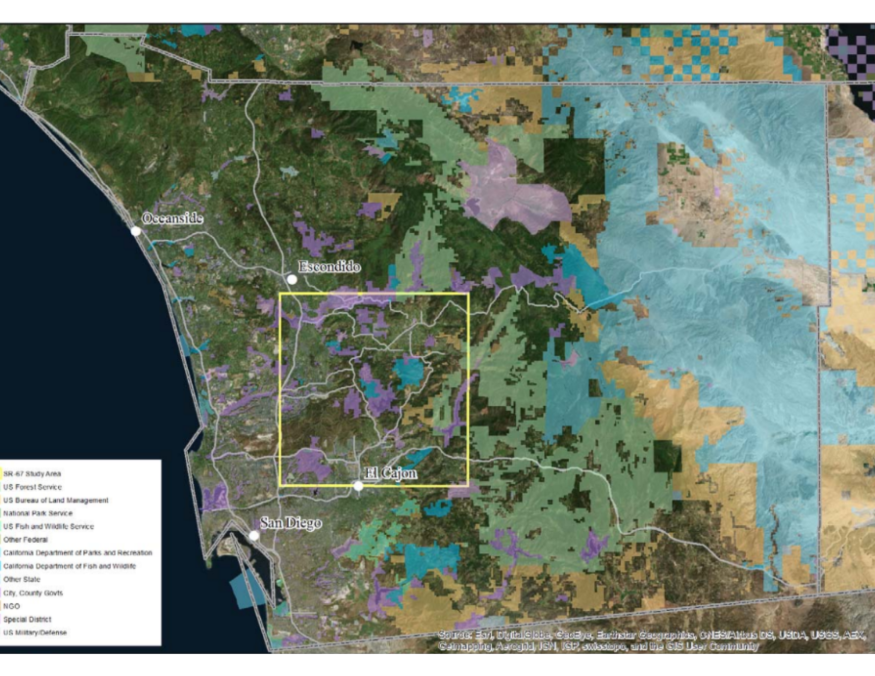California Least Tern Monitoring and Management in San Diego County
In 2014, IEMM led an effort to support the California Department of Fish and Wildlife's California least tern conservation efforts. This research is focused on 24 colony sites throughout California.
Initially, SDSU scientists conducted a comprehensive analysis of historic monitoring data to identify population trends. Quantitative and geospatial analyses were also conducted to develop a conceptual model for identifying drivers of those trends.
IEMM maintains an ongoing commitment to California least tern monitoring and to support of management practices. This includes developing iterative improvements in monitoring protocols, evaluating colony metrics such as number of fledglings and nesting pairs, and making management recommendations.
More Ecological Management and Conservation Projects

!EMM’s feral pig monitoring program informs the strategy and actions of a county-wide cooperative wild pig eradication effort. Since 2014, SDSU scientists have been part of the Feral Pig Working Group, which includes 11 state, local, federal, and Tribal government agencies.

This project aims to improve upon past deer population surveys in San Diego County. Our work involves informing more effective management decisions, as well as further investigating and better addressing population health, landscape fragmentation, and other factors that may impact the deer.

Working in partnership with the California Department of Fish and Wildlife, SDSU researchers are determining demographic parameters that drive Peninsular bighorn sheep population growth. Our up-to-date population models inform targeted management options in response to predicted sources of population decline.

Since 2014, IEMM has worked with Caltrans to study wildlife movement along Highway 67 in San Diego as part of a long-term highway expansion project. Our work includes the study of existing culvert structures, roadkill investigations, and assessment of previously collected bobcat movement data.



